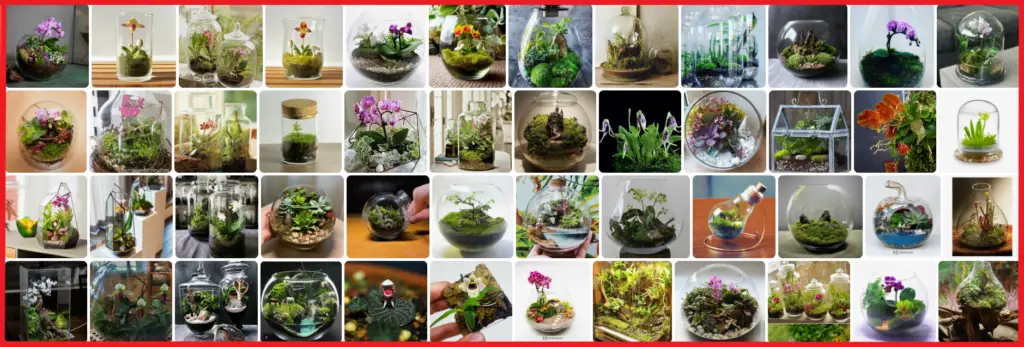Potato perfection begins with choosing the best fertilizer to ensure a bountiful harvest. With a variety of options available, selecting the right fertilizer is crucial for the healthy growth of your potato plants. Let’s dive into the world of fertilizers tailored for potatoes and explore the key factors to consider when making your selection.
- Nitrogen-Rich Fertilizers: Understanding the importance of nitrogen for potato growth and discovering the best nitrogen-rich fertilizers to promote healthy foliage and tuber development.
- Phosphorus-Based Fertilizers: Unveiling how phosphorus contributes to strong root development in potatoes and identifying the top phosphorus-based fertilizers to enhance tuber formation.
- Potassium-Infused Fertilizers: Exploring the role of potassium in improving potato yield and quality, along with recommended potassium-infused fertilizers for optimal results.
- Organic Fertilizer Options: Delving into organic fertilizer choices for eco-conscious potato growers, including compost, manure, and other natural alternatives for sustainable cultivation.
- Slow-Release Fertilizers: Understanding the benefits of slow-release fertilizers in providing a steady nutrient supply to potatoes over time and their effectiveness in promoting long-term plant health.
- Granular vs. Liquid Fertilizers: Comparing the advantages and disadvantages of granular and liquid fertilizers for potatoes, considering factors like application convenience, nutrient absorption, and cost-effectiveness.
- Fertilizer Application Techniques: Exploring various methods for applying fertilizer to potatoes, such as broadcasting, banding, and side-dressing, to ensure efficient nutrient uptake and maximize crop yield.
Nitrogen-Rich Fertilizers
When it comes to cultivating healthy and robust potato plants, nitrogen-rich fertilizers play a crucial role in promoting vigorous growth and high yields.
By choosing the right nitrogen-rich fertilizers, you can ensure that your potato plants receive the necessary nutrients for optimal growth and productivity.Nitrogen is essential for the development of lush foliage and robust tubers, making it a key nutrient for potato cultivation..
Here are some top nitrogen-rich fertilizers that can help you achieve potato perfection:
- Ammonium Nitrate: A highly soluble nitrogen fertilizer that provides an immediate nutrient boost to potato plants.
- Urea: A popular nitrogen fertilizer known for its high nitrogen content and cost-effectiveness.
- Ammonium Sulfate: An excellent source of nitrogen that also contributes sulfur, benefiting potato growth.
These nitrogen-rich fertilizers can be applied according to the recommended rates to ensure balanced nutrition for your potato plants. By incorporating these fertilizers into your potato cultivation routine, you can promote healthy foliage, robust tuber development, and ultimately, a bountiful harvest.

Phosphorus-Based Fertilizers
When it comes to cultivating healthy and robust potato plants, the role of phosphorus-based fertilizers cannot be overstated. Phosphorus plays a crucial part in the development of strong and extensive root systems, which are essential for supporting the growth of potatoes and ensuring optimal tuber formation. By choosing the right phosphorus-based fertilizers, potato growers can significantly enhance the overall health and productivity of their crops.
Here are some top phosphorus-based fertilizers that are highly recommended for promoting excellent tuber development:
- Bone Meal: A natural source of phosphorus that is readily available to plants, bone meal is an organic option favored for its slow-release properties.
- Rock Phosphate: This mineral-based fertilizer provides a long-lasting source of phosphorus, supporting sustained growth throughout the potato plant’s lifecycle.
- Triple Superphosphate: A concentrated phosphorus fertilizer that is water-soluble, making it easily accessible to potato plants for immediate uptake.
Potassium-Infused Fertilizers
When it comes to enhancing potato yield and quality, potassium-infused fertilizers play a crucial role.
By choosing the right potassium-infused fertilizers, you can ensure that your potatoes receive adequate potassium levels for optimal development.Potassium is essential for various physiological processes within the potato plants, including nutrient uptake, disease resistance, and overall growth..
Here are so
me recommended potassium-infused fertilizers that can help you achieve outstanding results in your potato cultivation:- Potassium Sulfate: A popular choice for providing readily available potassium to potatoes, promoting tuber enlargement and improving overall crop quality.
- Potassium Nitrate: This fertilizer not only supplies potassium but also offers nitrogen for balanced nutrition, supporting healthy foliage and tuber growth.
- Potassium Chloride: Another common option that provides potassium to enhance potato yield, although it should be used cautiously due to its high chloride content.
By incorporating potassium-infused fertilizers into your potato farming practices, you can optimize the nutrient balance in the soil and promote robust growth, leading to a successful harvest with high-quality potatoes.




